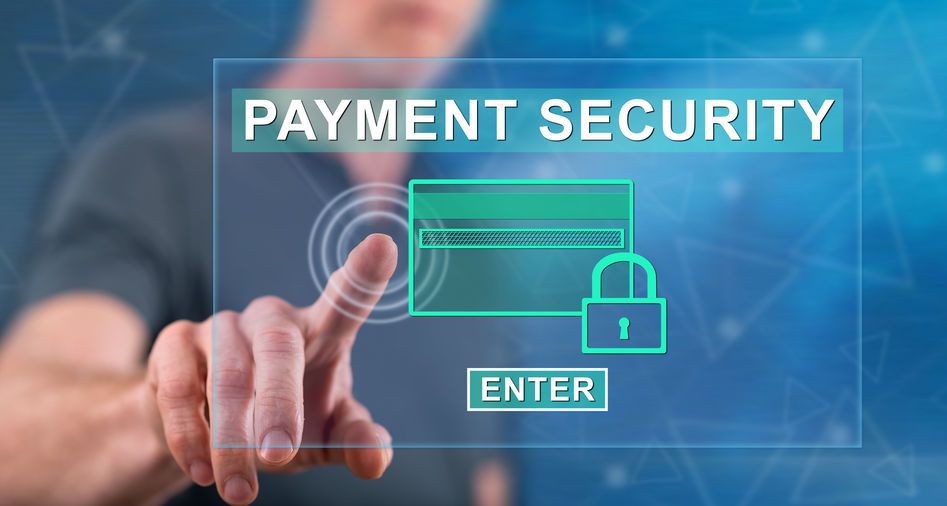
As the world becomes increasingly digital, online payment systems have become an integral part of our daily lives. From purchasing goods and services to paying bills, the convenience provided by these systems is unparalleled. However, with the rise in cybercrimes, ensuring the security of online payment systems is crucial. In this article, we will explore strategies that can help businesses and individuals establish effective and secure online payment systems.
The Importance of Effective Online Payment Systems
Before diving into the strategies for secure online payment systems, let’s understand the importance of having an effective system in the first place. An effective online payment system streamlines the payment process, creating a seamless experience for customers. It improves customer satisfaction, increases sales conversion rates, and reduces cart abandonment. Additionally, a well-designed payment system that incorporates security measures can protect sensitive customer data from potential breaches.
1. Utilize Encryption and Tokenization
Encryption and tokenization are essential techniques for securing online payment systems. Encryption involves converting sensitive information, such as credit card details, into indecipherable code, making it unreadable to unauthorized individuals. Tokenization, on the other hand, replaces sensitive information with unique identification symbols, known as tokens. These tokens cannot be decrypted to reveal the original data, making it difficult for hackers to access valuable information.
By implementing encryption and tokenization, businesses can ensure that customer data remains secure throughout the payment process, minimizing the risk of data breaches and fraud.
2. Implement Multi-Factor Authentication
Strengthening the security of online payment systems requires implementing multi-factor authentication (MFA). MFA adds an extra layer of protection by requiring users to provide multiple pieces of evidence to verify their identity. Typical factors include something the user knows (e.g., a password), something the user has (e.g., a fingerprint or OTP), or something the user is (e.g., biometrics like facial recognition).
By combining different authentication factors, online payment systems can significantly reduce the risk of unauthorized access and identity theft. It is important for businesses to educate their customers about the benefits of MFA and encourage them to enable this feature to maximize security.
3. Stay Up-to-Date with Security Patches and Updates
Software vulnerabilities are often exploited by cybercriminals to gain unauthorized access. Therefore, it is crucial to regularly update and patch the software and systems used in online payment processing. Payment service providers should have a well-defined process for monitoring security updates, promptly applying patches, and ensuring system integrity.
By staying up-to-date with security patches and updates, potential vulnerabilities can be addressed promptly, minimizing the risk of data breaches and cyber attacks.
4. Educate Employees and Customers on Security Best Practices
Human error is one of the leading causes of security breaches. To mitigate this risk, it is imperative to educate both employees and customers on security best practices. Businesses should provide training sessions to employees about identifying and avoiding phishing attempts, recognizing suspicious activities, and maintaining strong passwords.
Similarly, customers should be made aware of general security practices, such as using secure networks, avoiding sharing sensitive information over unsecured channels, and regularly monitoring their financial transactions for any unusual activities. By raising awareness and providing educational resources, businesses can create a strong security culture and minimize the likelihood of security breaches.
5. Employ Fraud Detection and Risk Management Tools
Fraud detection and risk management tools can significantly enhance the security of online payment systems. These tools use advanced algorithms to analyze transaction patterns and detect any suspicious activities. By monitoring several variables, including IP addresses, geolocation, purchase history, and user behavior, they can identify potential fraudulent transactions in real-time.
By employing these tools, businesses can effectively prevent fraudulent activities, protect customer data, and maintain the integrity of their online payment systems.
Conclusion
In an increasingly digitized world, having effective and secure online payment systems is of paramount importance. By implementing strategies such as encryption and tokenization, multi-factor authentication, staying updated with security patches, educating employees and customers, and employing fraud detection tools, businesses and individuals can protect valuable user data, minimize the risk of cybercrimes, and instill confidence in their online payment systems. Embracing these strategies will not only enhance security but also improve customer trust, leading to increased customer satisfaction and business growth in the tech industry.

